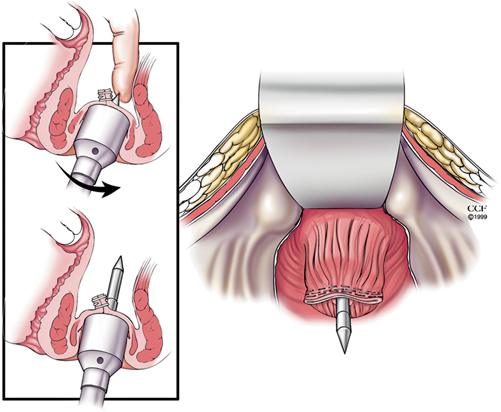


As I was sitting on the toilet, I happened to look down and saw something protruding out of myself. So, one Saturday night as I was getting ready to get in bed, I went to the bathroom first. My husband Dave and I are creatures of habit, and Saturday night is our usual time to be intimate. What made you ultimately decide to seek treatment from a specialist?Įlena: “Well, I need to tell you about what sent me over the edge and made me look for a urogynecologist. I haven’t actually been to my OB/GYN for several years and started thinking I needed to make an appointment.” Something is off, but my general doctor has not ever expressed any concern. I have been experiencing some pressure down there, and even feels like my insides are about to come out if I stand up or walk too much. It is not the same as it used to be, to be honest it feels a little loose and saggy, but Dave does not complain. We have been through a lot together, and even though we are getting up there in age, we still desire to be intimate, even at age 60. Dave and I have always had a terrific marriage we have been blessed with a deep love for one another. I still work, help take care of my grandchildren, and I love walking in the neighborhood and staying active.

Together, we have raised three great children, all without any major hitches. So, Elena, share with us a little about yourself and what led you to find prolapse treatment?Įlena: “My husband and I have been married for over 35 years, he’s an engineer and I am a teacher. The following is an interview with Elena as she shares her symptoms, what led her to the “edge”, as she describes it, her experience with prolapse and recovery, and what she would like to share with other women. After events that led her to seek treatment, we were fortunate to hear Elena’s story – her struggles living with pelvic organ prolapse, and what led her to seek treatment from a doctor that could finally bring her relief. Women often describe the symptoms as heavy pressure and feeling like their insides are falling out.Įlena suffered from prolapse and complained of constant pressure and how it was disrupting her life as a busy wife, grandmother, and teacher. Many women silently suffer with the symptoms and never seek help. Using the linear stapler is a cost-effective, simple, and easy technique.Ĭonstipation Linear stapler Obstructed defecation Rectocele Vaginal repair.Pelvic organ prolapse is a pelvic floor disorder that can be life-altering for many women unless treated. Large anterior rectocele is considered the main indication for this technique. Vaginal repair carries no risk of fecal incontinence. The self-reported definitive outcome was excellent in 46 patients (54.7 %), good in 29 (34.5 %), fairly good in 20 (23.8 %), and poor in five (6.0 %). The PAC-QOL questionnaire mean total scores indicated an improvement in both the patient satisfaction and the QOL during the 12-month follow-up. The ODS score and VAS revealed significant improvement within the first postoperative year in 94 % of patients. There was no significant change in continence pre- and postoperatively. Five patients (6 %) had recurrence of ODS symptoms. Early postoperative complications were defecatory urgency in seven patients (8.3 %), dyspareunia in two (2.4 %), and rectovaginal fistula in one (1.2 %). There were no intraoperative complications. The rectal and vaginal manometric study, the index of patient satisfaction using a visual analog score (VAS), and the validated Patient Assessment of Constipation Quality of Life (PAC-QOL) questionnaire results were recorded. Continence status was evaluated using the Pescatori scoring system. The magnitude and degree of ODS were quantified by the Altomare ODS scoring system. The study included 84 females, with obstructed defecation, grades II-III rectocele, and multiple abnormalities on defecography. The aim of this study was to evaluate the clinical and functional outcomes of a novel technique of transvaginal stapled rectal resection (TVSRR) using a straight staple line, to treat rectocele. Rectocele can cause the symptoms of obstructed defecation syndrome (ODS). Proper treatment requires the identification of all associated disorders and the quantification of symptoms. Constipation is a clinical symptom in patients suffering from slow transit and/or obstructed defecation.


 0 kommentar(er)
0 kommentar(er)
